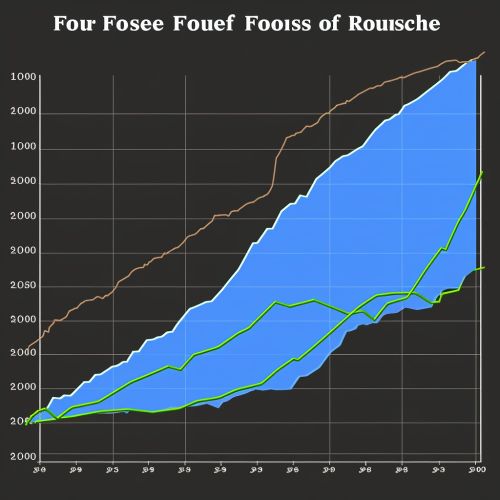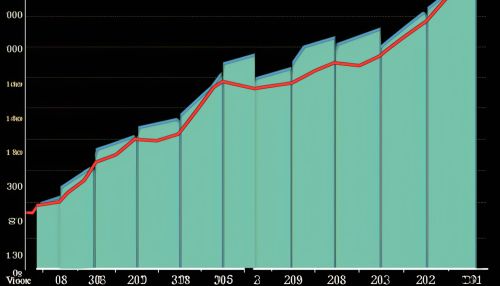Foreclosure
Overview
Foreclosure is a legal process in which a lender attempts to recover the balance of a loan from a borrower who has stopped making payments to the lender by forcing the sale of the asset used as the collateral for the loan. Formally, a mortgage lender (mortgagee), or other lienholder, obtains a termination of a mortgage borrower (mortgagor)'s equitable right of redemption, either by court order or by operation of law (after following a specific statutory procedure).
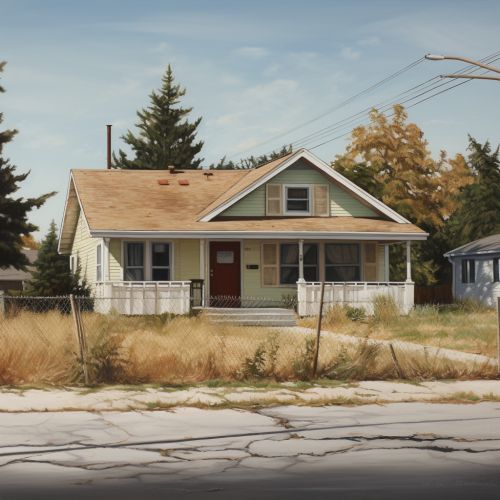

History
The concept of foreclosure is not a new phenomenon. It has been recorded in history as far back as the ancient Roman civilization. The Romans had a legal principle known as "hypotheca", which was similar to the concept of a mortgage. If a debtor failed to repay a loan, the creditor had the right to sell the debtor's property as a form of repayment.


Types of Foreclosure
There are several types of foreclosure, each governed by a multitude of laws and regulations depending on the jurisdiction.
Judicial Foreclosure
In a judicial foreclosure, the lender must go through the courts to get permission to foreclose by proving the borrower is delinquent. If the foreclosure is approved, the local sheriff auctions the property to the highest bidder to try to recoup what the bank is owed, or the bank becomes the owner and sells the property through the traditional route to recoup its loss.

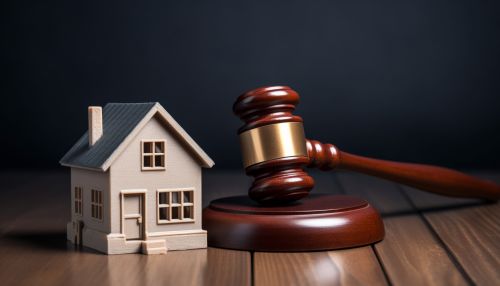
Non-Judicial Foreclosure
In a non-judicial foreclosure, also known as a "power of sale", the mortgage document authorizes the lender to sell the property to recover the mortgage balance. This process is generally much faster than a judicial foreclosure.


Strict Foreclosure
A strict foreclosure is an outdated process where the court orders the defaulted borrower to pay the mortgage within a certain period of time. It is less used now, and most states have outlawed this type of foreclosure.
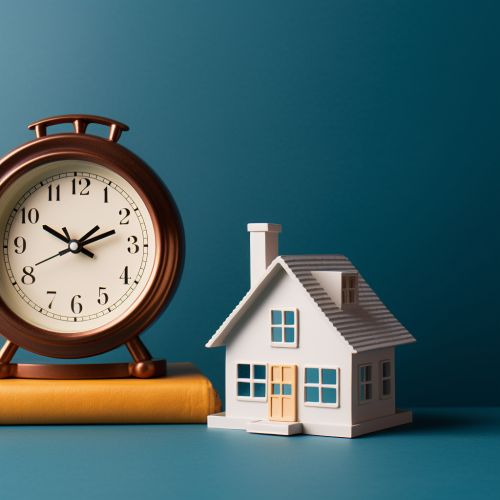

Foreclosure Process
The foreclosure process as applied to residential mortgage loans is a bank or other secured creditor selling or repossessing a parcel of real property after the owner has failed to comply with an agreement between the lender and borrower called a "mortgage" or "deed of trust".
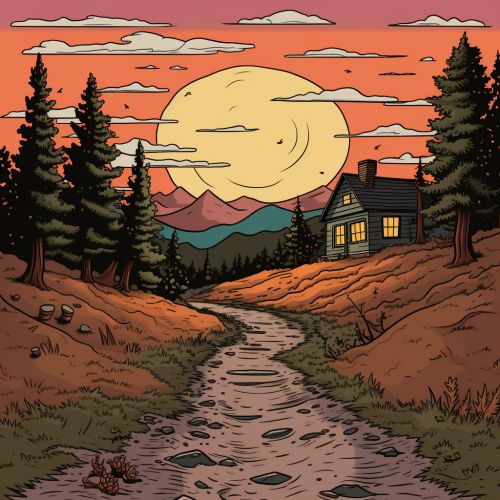

Impact of Foreclosure
The impact of foreclosure goes beyond just homeowners but also expands to towns and neighborhoods as a whole. Cities with high foreclosure rates often experience more crime and thefts with abandoned houses being broken into, garbage collecting on lawns, and an increase in prostitution.
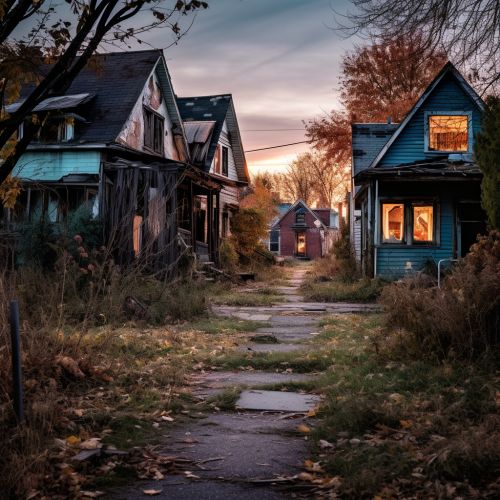
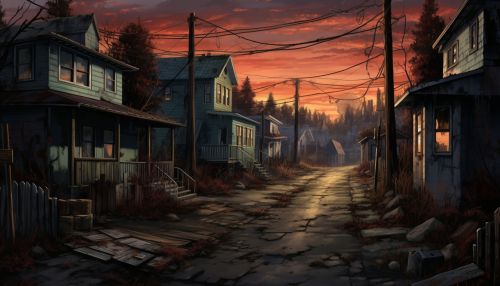
Foreclosure and the Economy
Foreclosures can have a major impact on a country's economy. During the 2008 financial crisis, foreclosures rose significantly, contributing to the downturn of the U.S. economy. The crisis was triggered by a large decline in home prices, leading to mortgage delinquencies and foreclosures and the devaluation of housing-related securities.
